Rare Rides Icons: The Cadillac Eldorado, Distinctly Luxurious (Part II)

We began our journey through 50-plus years of the Cadillac Eldorado last week. Conceived as a new high-end convertible in the years leading up to the personal luxury car, the Series 62 Eldorado “sports convertible” wore unique sheet metal to all other Cadillac models in 1953. Joined that year by the Oldsmobile Ninety-Eight Fiesta and Buick Roadmaster Skylark, the trio represented GM’s new high-cost, low-volume halo convertible experiment. Unlike later examples of two-door vehicles from the three most expensive GM brands, these three were not the same underneath.
All three new convertibles rode on different lengths of GM’s C platform. In nomenclature that lasted from 1925 through 1984, the C was for full-size, rear-drive vehicles. The platform was mostly used for Cadillac and Buick vehicles, along with the largest Oldsmobiles, and a couple of Pontiac and Chevrolet wagons later in history (1970s).
The smallest of the three was Buick’s Roadmaster Skylark. With a 121.5-inch wheelbase, the Buick spanned a tidy 207.6 inches, shorter than any regular Roadmaster. Overall height was 58.9 inches, and width was 79.9 inches. It was also the lightest of the three, at 4,395 pounds. Worth noting, the Skylark’s wheelbase was much shorter than the 126-inch one used on the Roadmaster.
Despite Buick’s more premium positioning over Oldsmobile (debatable sometimes), the Ninety-Eight Fiesta was larger, heavier, and more expensive than the Roadmaster Skylark. On a 124-inch wheelbase (same as the regular Ninety-Eight), Fiesta was 215 inches long and 76.7 inches wide. The overall weight of the chromed Fiesta was 4,453 pounds, its height measurement was not located.
Of course, the Cadillac needed to be several orders more grandiose than its two companions. Eldorado used a 126-inch wheelbase, which matched the concurrent Series 62 upon which it was based. It was the same overall length as the Series 62 offerings too, at 220.8 inches. In addition to being the longest of the new trio, it was also the widest at 80.1 inches. The overall height of the Eldorado was 58.5 inches, and it weighed an even 5,000 pounds.
At a time when each of General Motors’ divisions maintained their own separate engine lines, the Cadillac used the company’s overhead valve 331 cubic inch (5.4L) V8. An engine that debuted alongside another new OHV V8 from Oldsmobile for 1949, the 331 series produced 160 horsepower (210 gross). More notably it was lighter than the flathead V8 it replaced and was more compact in size.
The 331 was designed with higher compression in mind, as octane in fuel increased after World War II. The only transmission on offer was a four-speed Hydra-Matic, the progenitor of the legendary Turbo Hydra-Matic automatic transmissions. At the time this transmission was optional on the Series 62 cars, which came standard with a three-speed manual.
Though its power plant was standard fare, the design and equipment the Eldorado carried were not. It debuted with a new feature destined to appear on many cars in the Fifties and was the first production Cadillac to have a wraparound windshield. That design feature would spread to other Cadillacs the following year, but for a brief moment, only the Eldorado buyer had it.
Another feature exclusive to Eldorado was the integrated metal tonneau cover for the cloth roof. It created a slicker, streamlined appearance when the top was down, in an era where there was usually a separate cloth tonneau cover attached via many snaps. There was an 11-page instruction book for the operation of the Eldorado’s roof, as it was largely manual.
The roof could be raised or lowered in just a couple of minutes, and 10 steps (only about half shown here) were performed in a specific order. While the top movement itself was “automatic” via a switch, everything else involved in the process was manual. Each time the top was lowered, the top material had to be manually smoothed, folded, and tucked in order to fit under the tonneau and not catch on the latches.
It’s important to remember that in the car equipment context of the Fifties in America, most equipment was an optional extra even on higher-end vehicles. In contrast, most everything was standard equipment on the Eldorado. Appropriate given its position as a halo and high asking price, standard features included wire wheels, windshield washers, and a radio that could seek out signals. An automatic transmission was standard as mentioned, as were power windows and a heater.
The windshield’s design was a new feature special enough to warrant mention in GM’s marketing materials. The back of a photo printed for the 1953 Motorama show described the Eldorado as a “...new trend in design for American motor cars. Its long low lines (58½” height) is accented by the new deep angle wrap-around windshield.”
Worth an aside, Motorama was a huge event for General Motors. Previously a New York City affair, it went on the road for the first time in 1953. Motorama was a Harley Earl invention: A traveling circus-like showcase of GM vehicles that visited various cities around the country.
Motorama began in conjunction with the New York Auto Show in 1949 and was held at the Waldorf Astoria hotel. In 1953, Motorama was complete with a live orchestra, singers, and dancers. The show exhibited exciting new vehicles from GM and drew huge crowds. The 1953 Motorama had over 1.9 million visitors.
And most of those nearly 2 million people probably had a long gawk at the big, shiny new Series 62 Eldorado (even before they saw its astronomical asking price). Curvaceous lines and hundreds of pounds of chrome bumper finished off an exterior that was immediately recognizable as a Cadillac, but different from any of the standard production models. We’ll pause there for today, and take a dive into the exterior and interior styling of the exclusive ‘53 Eldorado next time.
[Images: dealer, GM]
Become a TTAC insider. Get the latest news, features, TTAC takes, and everything else that gets to the truth about cars first by subscribing to our newsletter.

Interested in lots of cars and their various historical contexts. Started writing articles for TTAC in late 2016, when my first posts were QOTDs. From there I started a few new series like Rare Rides, Buy/Drive/Burn, Abandoned History, and most recently Rare Rides Icons. Operating from a home base in Cincinnati, Ohio, a relative auto journalist dead zone. Many of my articles are prompted by something I'll see on social media that sparks my interest and causes me to research. Finding articles and information from the early days of the internet and beyond that covers the little details lost to time: trim packages, color and wheel choices, interior fabrics. Beyond those, I'm fascinated by automotive industry experiments, both failures and successes. Lately I've taken an interest in AI, and generating "what if" type images for car models long dead. Reincarnating a modern Toyota Paseo, Lincoln Mark IX, or Isuzu Trooper through a text prompt is fun. Fun to post them on Twitter too, and watch people overreact. To that end, the social media I use most is Twitter, @CoreyLewis86. I also contribute pieces for Forbes Wheels and Forbes Home.
More by Corey Lewis
Latest Car Reviews
Read moreLatest Product Reviews
Read moreRecent Comments
- Dartman its official: Tesla Death Watch has begun.
- Kurkosdr Stellantis builds world-class vehicles? When?
- Akear Stellantis is a lost cause in America. Why does anybody care?
- Redapple2 UAW may have a valid issue. I ve been in plants that were bad. ....and i greatly dislike the UAW. I may need a 3/4 ton pick up. It will be a hecho Ram gas.
- TheMrFreeze So basically no manual transmissions in US cars after 2029.I just raised one finger in the general direction of NHTSB's main office. Guess which finger it is!

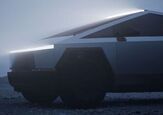
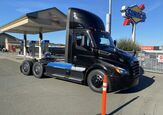
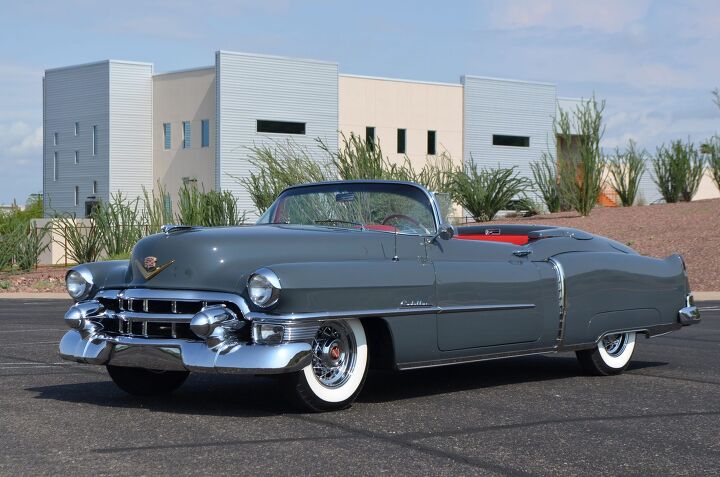




















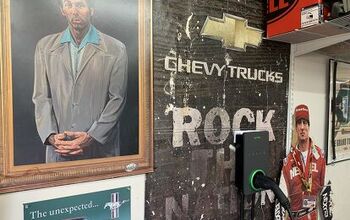
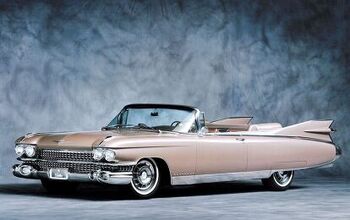
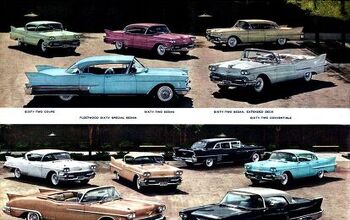
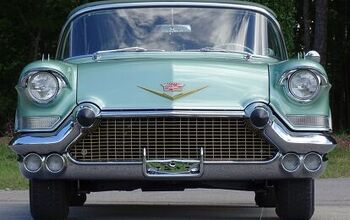
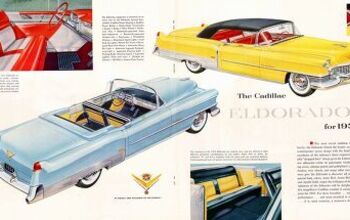
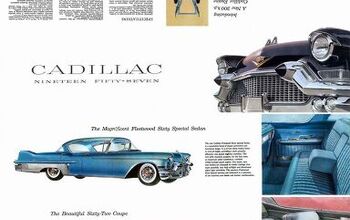
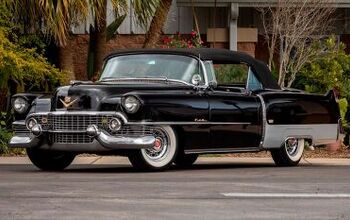
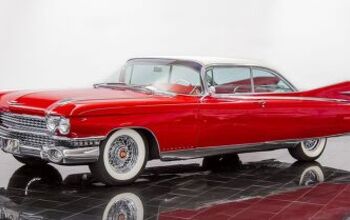
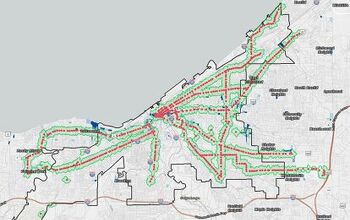
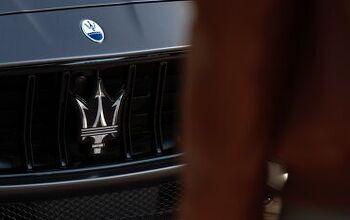




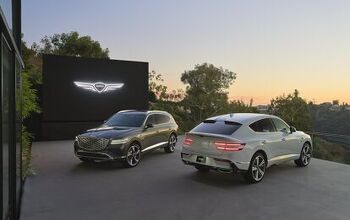
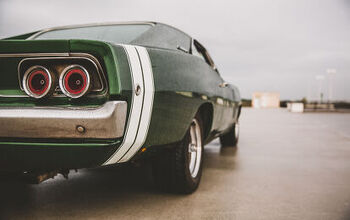
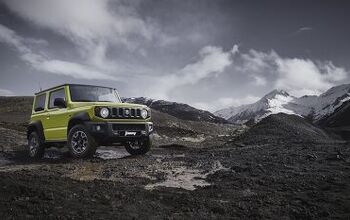
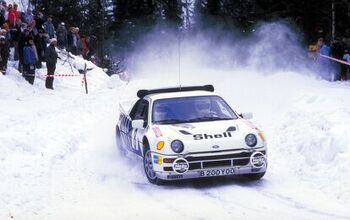
Comments
Join the conversation
He was dressed like 1950 half-drunk and hollow eyed.
Have to wonder how weather tight that roof was? How long did it take (age or miles) for those roofs to start have sealing issues at the windscreen, side windows and at the body? Granted it was a halo adder but it looks like a feature to stay away from back in the day....kind of like a soft-top Fiat 500.